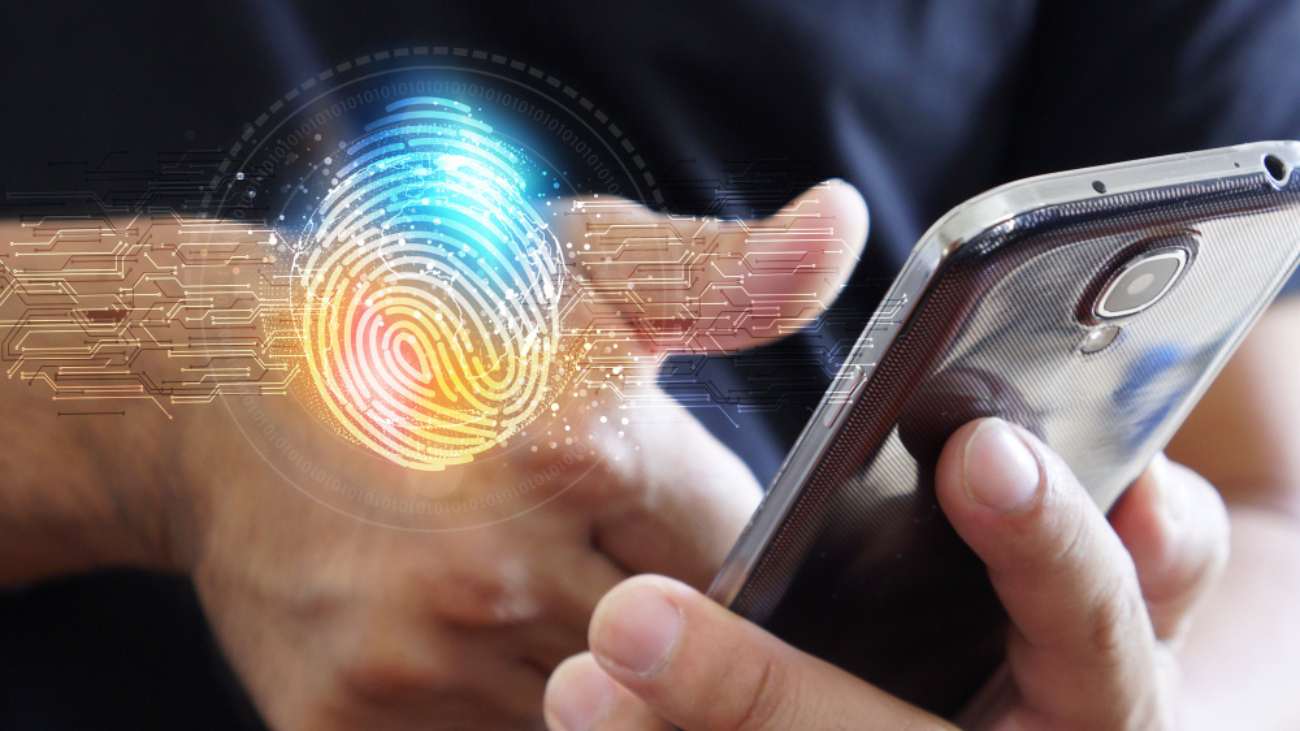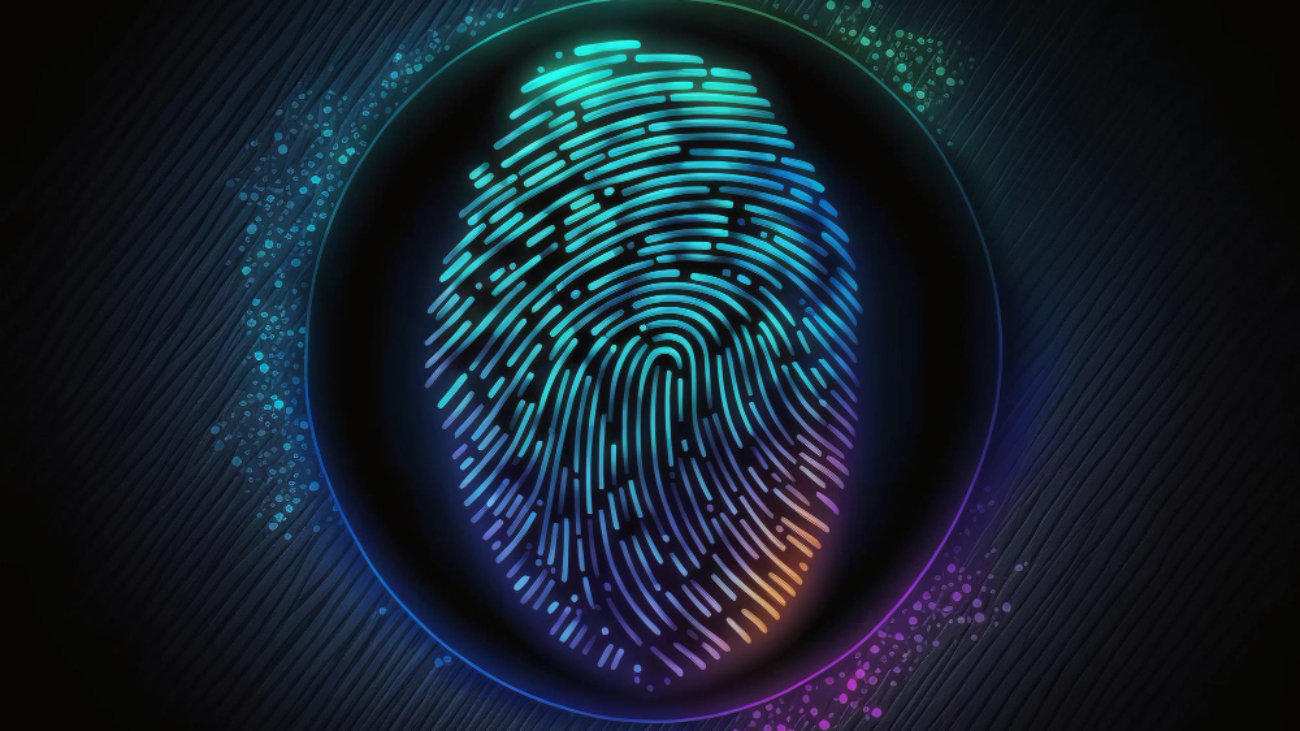As technology continues to evolve, the gaming industry is adapting in unprecedented ways. Biometric identification is at the forefront of this revolution – a sophisticated method for positively verifying user identity utilizing patterns or characteristics unique to an individual.
It has potential applications within gaming, ranging from secure authentication and payment processing to protecting players from fraudulent activities and securing games from being hacked or corrupted. Here, Bahaa Abdul Hadi explores how this cutting-edge technology works and what advantages it holds over other methods of identification used by game developers across the industry.
The role of biometric identification in the gaming industry
The gaming industry is a rapidly evolving space with millions of players worldwide. The growth and development of the sector have been driven by technological advances that allow developers to create more realistic, immersive experiences. One such technology is biometric identification, which can identify individuals in certain contexts and help ensure the security and integrity of gaming systems and networks. Biometric identification includes facial recognition, fingerprint scanning, retinal scans and voice recognition.
These techniques are highly accurate compared to traditional methods like passwords or PINs. They offer greater protection against hackers and malicious actors aiming to gain access to game servers or steal personal information from gamers. Furthermore, biometrics can provide an additional layer of authentication for online transactions, such as those involving in-game purchases. Biometric identification can also be used to monitor user engagement and identify players who may be at higher risk of developing gaming addiction.
Additionally, biometrics can help developers create personalized experiences for gamers, allowing them to access saved games and other content across multiple devices with a single touch or scan. This could make it easier for gamers to pick up where they left off on another device without remembering multiple passwords or PINs.
Some challenges associated with using biometric identification in the gaming industry still need to be addressed, such as data privacy concerns and the potential for algorithmic bias. While progress has been made in recent years toward reducing these risks, more needs to be done to ensure that biometrics are used responsibly and ethically.
Conclusion
In short, biometric identification technology in the gaming industry is still in its early stages. However, it has great potential to become a standard method for verifying player identity and preventing fraud. As technology evolves, we expect to see more widespread adoption by gaming companies. What do you think about the use of biometrics in games? Will it become a standard practice?
Thank you for your interest in Bahaa Abdul Hadi blogs. For more information, please stay tuned to www.bahaaabdulhadi.com







